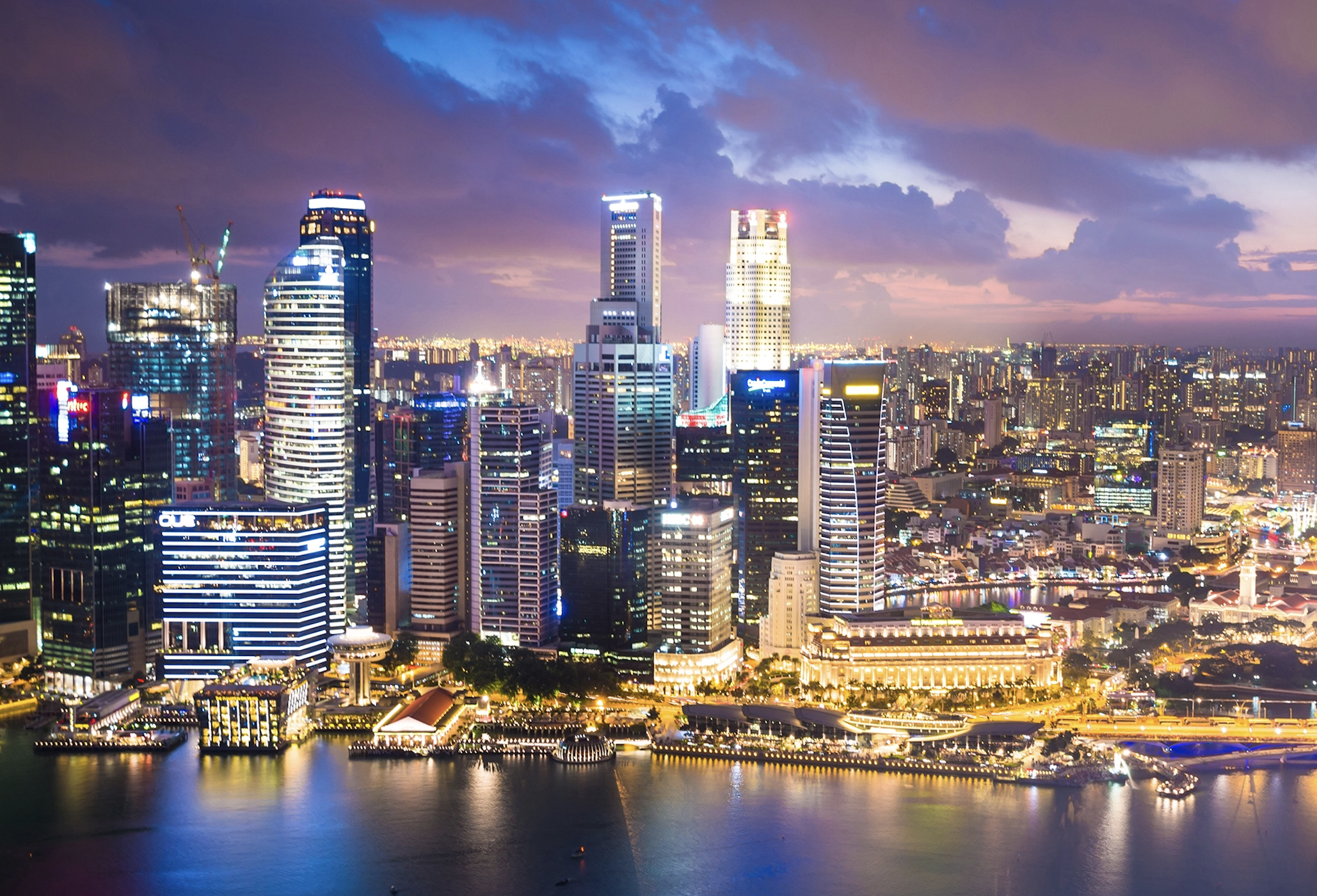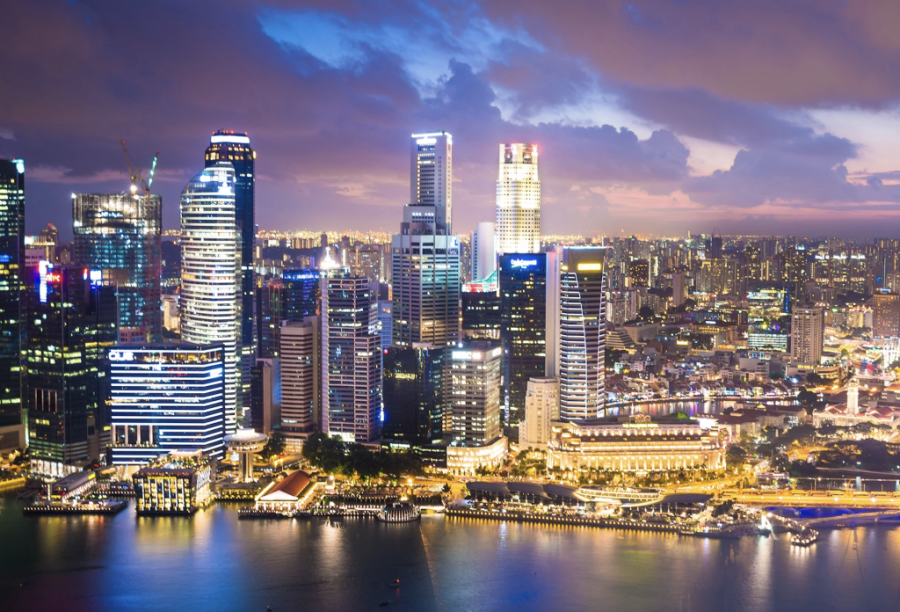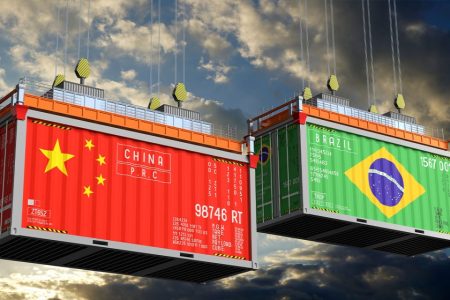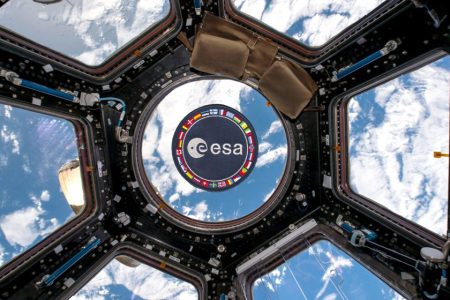EDP Renováveis (EDPR), the renewables subsidiary of Portugal’s EDP, plans to use Singapore as a platform to expand in Asia and eventually reach Australia, according to its chief operating officer for the Asia-Pacific region.
“To present ourselves as a global company, as we did in our business plan in 2021, we were missing a very important piece that represents half of the world’s growth,” said Pedro Vasconcelos, underlining Asia-Pacific’s importance of the .
“APAC was the missing link,” he added, quoted by ECO News.
“We found Sunseap and felt that we could benefit by standing on the shoulders of what the company has already built, and build on those achievements.”
Last February, EDPR, which is 74.98 per cent owned by EDP, announced it had completed the acquisition of a 91 per cent stake in Singapore’s Sunseap, one of the largest solar energy companies in Southeast Asia, for 600 million euros.
Vasconcelos said that although the region is lagging behind Europe and the US in terms of renewable energy penetration, it has potential based on the new targets for the use of clean energy sources in several countries.
Hedescribed Sunseap as a “pioneer” in solar, with over 700 megawatts (MW) of installed capacity and a pipeline of new investment over 6 gigawatts (GW).
Vasconcelos listed EDPR Sunseap’s goals for the region: add 2 GW of installed capacity by 2025, invest over 6 billion euros by 2030 and hire 400 workers in the next two years, adding to the current 600.
By the end of the growth cycle in 2025, the energy company expects to be benefiting from what he called “utility scale” projects – meaning, large-scale solar farms capable of generating significant volumes of power comparable even to coal plants, with each adding capacity of between 100 MW and 200 MW.
“Our strategy for this type of technology is strongly focused on Vietnam, China, South Korea, Japan, but also potentially Australia, if we can find the right opportunities to enter,” Vasconcelos added.
“Australia is a very sophisticated market, a market that has high quality wind and solar resources. At the same time, it is a highly penetrated and therefore competitive market.”
In the short term, EDPR Sunseap’s main growth technology is decentralised generation (DG), which requires looking at water – as in the case of the solar park on the straits of Johor – and the sun as solutions.
Vasconcelos pointed out that the region’s high population density t makes it difficult to find space to create solar or wind parks of 200 MW or 300 MW, such as the ones the energy company has in Brazil or the US, so DG technology is a real “Trojan horse” to enter the market.






